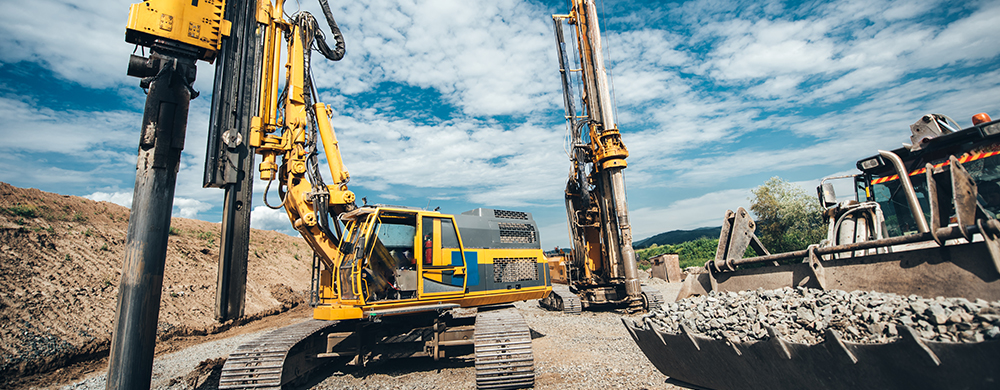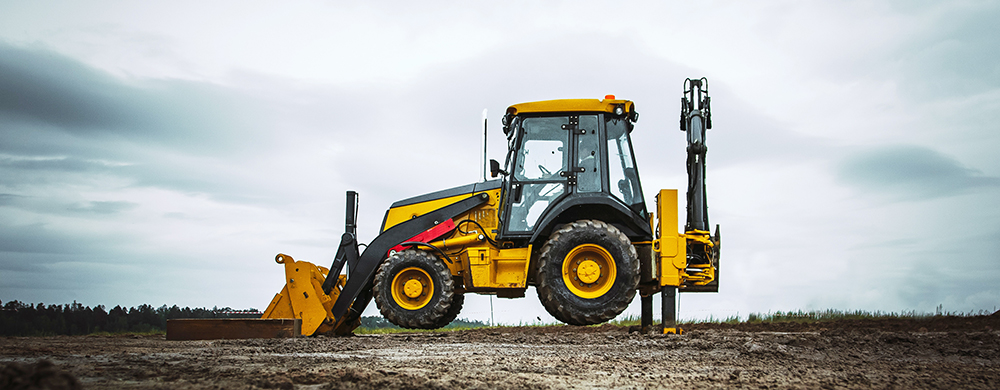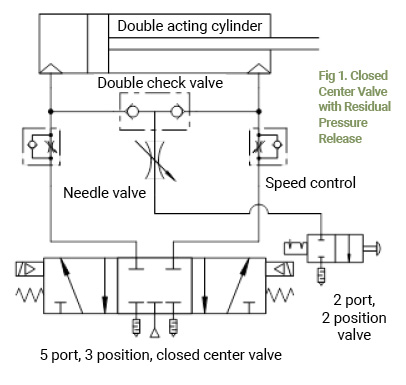3 Trends Impacting Heavy Equipment Markets
By Emily Newton, Editor-in-Chief, Revolutionized.
Staying abreast of highway construction trends is essential for anyone who operates or manages heavy equipment fleets. What occurs in association with roadway construction and oversight naturally affects the specialized equipment because the work can’t get done without it. Here are three trends likely to impact the heavy equipment market over the next year to 18 months.

1. Efforts to improve hydraulic performance. Highway construction managers committed to keeping costs and resource usage down often meet goals by examining minute aspects of workflows. It then becomes clear that specific changes can make major differences.
One area of focus was the redesign of hydraulic systems. A team in the United Kingdom used a 2018 grant from the Advanced Propulsion Centre to examine how to make hydraulic equipment save energy. The associated innovations could lead to hydraulic-powered roadway construction that performs better than ever and is highly accessible.
The project concerned a radial configuration on a digital displacement pump featuring pistons with computer-controlled valves. The conventional alternative is to use a mechanical axial pump. People working on the effort believe this change could halve fuel consumption once fully developed. They also say the innovation enables energy recovery and reuse, causing a dramatic reduction in fuel needs. This innovation could also encourage people to consider how hydraulic systems might broadly affect highway construction trends.
Another example of a relatively recent improvement for hydraulic systems relates to hydrostatic gearboxes. These components, which are increasingly seen in off-road equipment, consist of a high-pressure pump connected to at least one hydraulic motor. The pump converts the diesel engine’s mechanical energy into hydraulic power and sends it to the drive axles via differential gears. The front axle’s part-time drive receives only as much energy as necessary to provide the torque for sufficient traction.
An intelligent control system also senses aspects such as the vehicle’s weight and the degree of incline, if applicable. Hydrostatic gearboxes can provide up to a 750-kilogram payload advantage over conventional all-wheel drive systems. Equipment operators can also save fuel by disabling the system so the nondriven wheels move freely. These are just a few examples of hydraulic improvements that could impact highway construction trends and are well worth monitoring.

2. Changes in highway construction funding. The people overseeing highway upgrades or other kinds of construction must continually monitor spending and make budgetary alterations when needed to keep things on track. They might consider renting heavy equipment instead of buying it new. Some companies specializing in rentals offer flexible terms to fit a project’s needs and duration. Many rentals are also available immediately and locally. That’s particularly convenient when emergencies or other unexpected circumstances arise.
Equipment rentals offer practical cost-saving options for people who want to use high-quality and well-maintained equipment for their highway projects. That’s vital, especially since obtaining the required funding for highway-related endeavors is becoming progressively harder.
Many legislators are pushing for the phasing out of gas-powered vehicles, which could negatively impact funding for roads and other infrastructure. In the United States, gas taxes cover more than 40% of transportation-related funds.
Infrastructure funding is not getting wholly overlooked, however. U.S. President Joe Biden recently signed the Bipartisan Infrastructure Law, which provides more than $2.2 billion in funding for 166 projects that will modernize the transportation network. It also allocates an additional $7.5 billion over the next five years.
It’s too early to say how this money may affect the people who buy and use heavy equipment for roadway projects. They’ll almost certainly need to plan for material shortages. Infrastructure representatives in Texas reported that road-building necessities such as concrete and steel cost up to 100% more than they previously did due to current economic conditions. This price jump causes delays and difficulties in sourcing, and it means companies have fewer resources to put toward equipment.

3. Increasing usage of eco-friendly fluids. Hydraulic fluid facilitates energy transmission through the system and helps the respective parts move. It also promotes heat transfer and keeps components lubricated. Authority figures worldwide are involved in ongoing work to make various sustainable improvements. Sometimes that means setting emissions limits or encouraging decision-makers to invest in earth-conscious efforts.
The push for more eco-friendliness has resulted in more manufacturers putting sustainable hydraulic fluids on the market. The availability of these products should eventually begin to affect the heavy equipment used for road construction. This is not an entirely new trend but has recently gained more traction.
Many conventional hydraulic fluids are mineral-oil based. However, water-based and biodegradable options are readily available for consideration. These products resist sludge buildup and corrosion, similar to their traditional counterparts.
Users should carefully weigh the pros and cons before switching hydraulic fluids. As a growing number of brands offer eco-friendly possibilities, it’s easier to find some that work well.
One study compared a hydraulic excavator’s performance when using mineral- and bio-based oils. The machine had average fuel savings of 26.25% with the bio-based option when the tank temperatures were between 25°C and 35°C (77°F and 95°F). That was a 20% savings increase compared to the mineral oils. The research concluded that users could save 211 euros ($210) per 2,000 hours of usage by switching to bio-based options.
It’s understandable if decision-makers initially resist changing to a different type of hydraulic oil. Many like to stick with what they know, especially if they have no complaints about a machine’s current performance.
But the fact remains that fleet managers are under increasing pressure to make eco-friendly transitions as soon as possible. Thus, users should at least remain open to pursuing the options. Staying informed about newer hydraulic oils and how they may impact highway construction trends is one way to prepare for future action.
Monitoring emerging trends is one of the most effective ways to stay updated about the industry. The three areas we discussed above suggest how things may change as impressive improvements convert the sector and the world for the better.
It almost always takes time to get used to doing things differently, even if the overall results are positive. If you’re thinking about capitalizing on these highway construction trends, give yourself ample time to plan, and try not to move forward without adequate forethought.
Emily Newton is the Editor-in-Chief of Revolutionized, an online magazine discussing the technologies advancing the industrial sector. For more information, visit https://revolutionized.com/.







